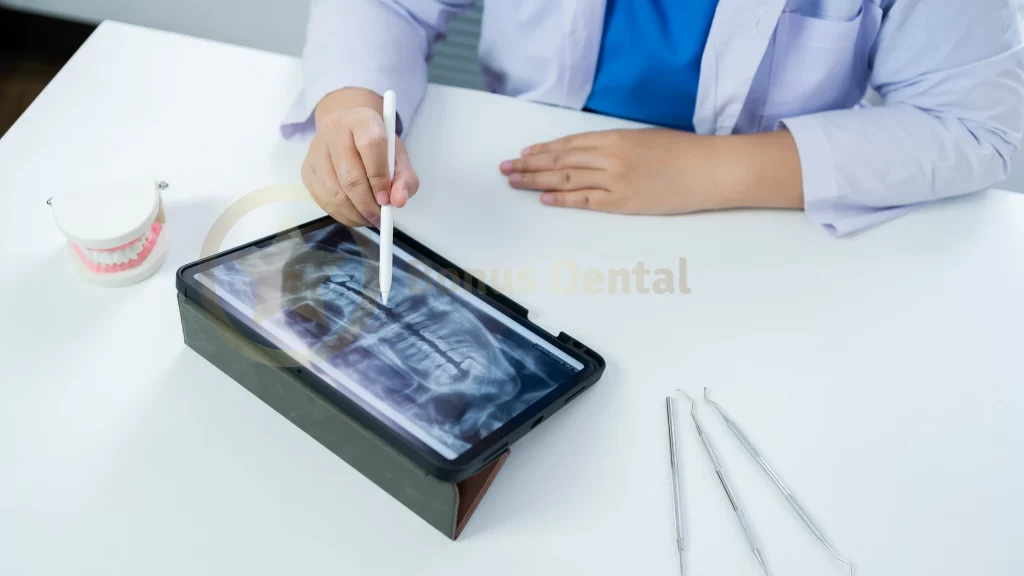Dental X-Rays Importance: Uncovering the Hidden Secrets of Your Oral Health
Your oral health holds hidden secrets that can impact your smile’s longevity. In this article, we’ll shed light on the vital role of dental X-rays in revealing these concealed aspects of your oral well-being. Discover why these diagnostic tools are indispensable for maintaining a healthy and radiant smile.
- Early Detection of Dental Issues

Dental X-rays are like a superhero’s X-ray vision, allowing your dentist to see what’s happening beneath the surface of your teeth and gums. This means they can catch dental problems in their early stages when they are easier and less expensive to treat. Conditions like cavities, infections, and bone loss can be detected and addressed before they become more serious.
- Customized Treatment Plans

Not all smiles are the same, and dental X-rays help your dentist create a treatment plan tailored to your unique needs. They can identify any specific concerns in your mouth, like impacted wisdom teeth or a misaligned bite, which will influence the recommended course of action to maintain your oral health.
- Monitoring Dental Development

Dental X-rays are particularly crucial for children and adolescents. They help in monitoring the development of adult teeth, ensuring they’re coming in correctly and addressing any potential issues early on. For adults, X-rays can track the progression of conditions like gum disease, so your dentist can make necessary adjustments to your treatment plan.
- Safety First: Minimizing Radiation Exposure

You might have concerns about radiation exposure when it comes to dental X-rays. Rest assured, the amount of radiation used in dental X-rays is very minimal and considered safe. Dental offices take precautions to minimize your exposure, like using lead aprons and high-speed films that require less radiation.
- Types of Dental X-Rays

There are different types of dental X-rays, each serving a specific purpose:
Bitewing X-rays: These focus on the upper and lower back teeth and are excellent for detecting cavities and gum disease.
Panoramic X-rays: These provide a broad view of your entire mouth and jaw, helpful for identifying impacted teeth or evaluating the temporomandibular joint (TMJ).
Periapical X-rays: These capture individual teeth from root to crown, ideal for diagnosing specific tooth issues.
- Your Role in the Process
Remember that open communication with your dentist is vital. If you have any concerns about X-rays, be sure to discuss them with your dental care provider. Together, you can determine a suitable schedule for X-rays based on your specific needs and risk factors.
Dental X-rays are an essential tool in the dentist’s arsenal for providing you with the best possible oral care. They allow for early detection of issues, customized treatment plans, and monitoring of your oral health. So, the next time your dentist recommends an X-ray, know that it’s a crucial step in ensuring your smile remains healthy, beautiful, and free from hidden dental surprises. Your oral health is worth it!







